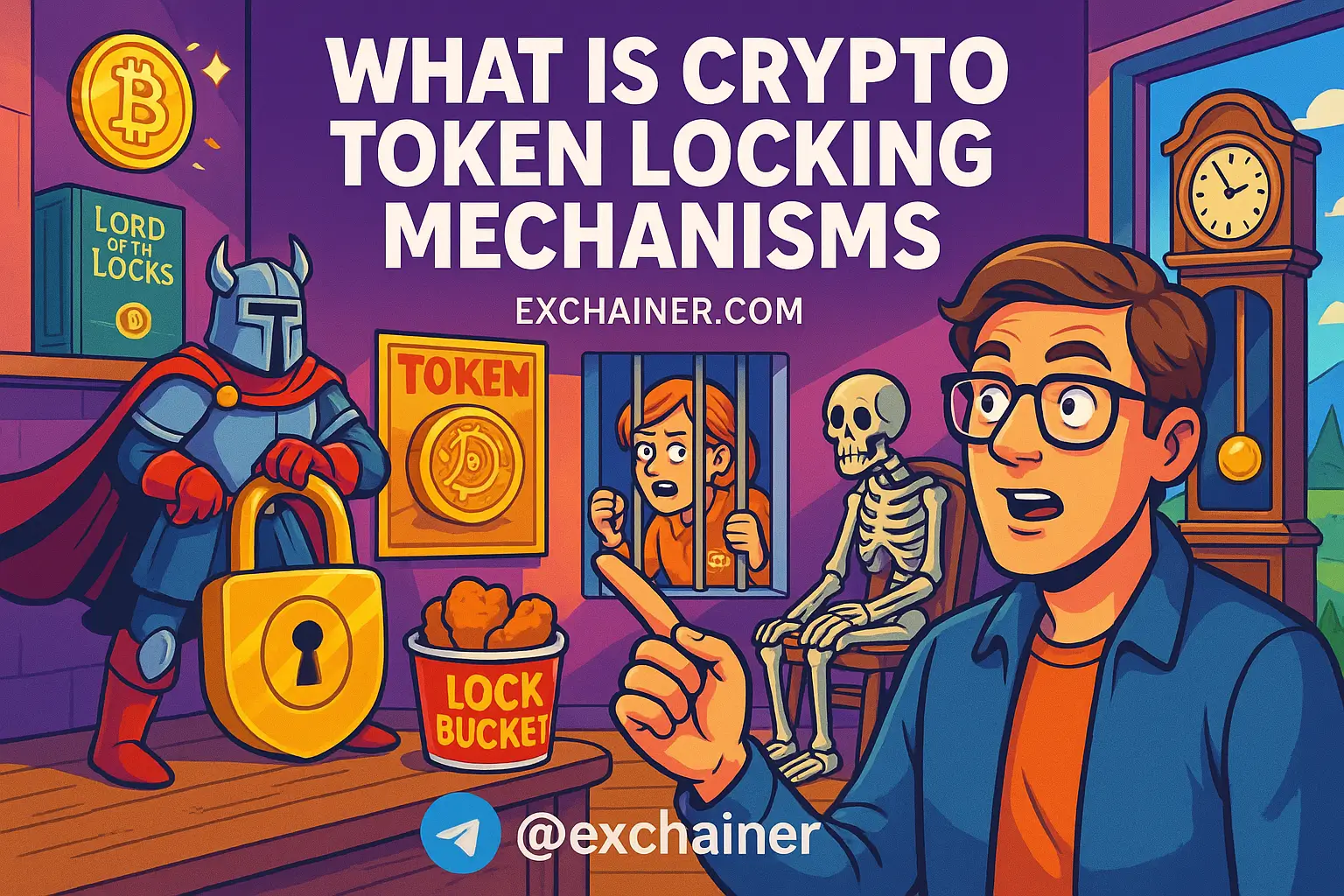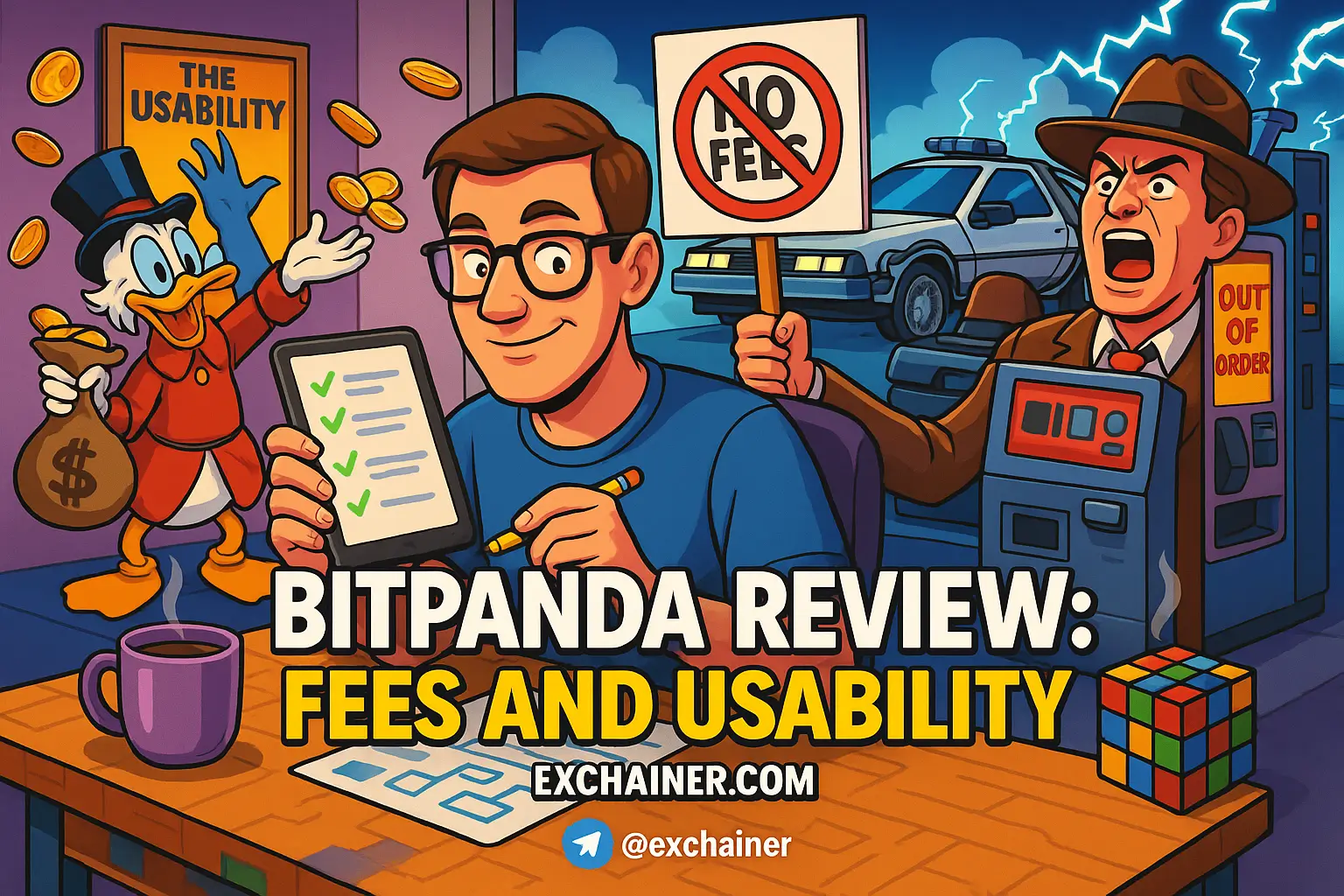In the fast-evolving world of cryptocurrencies, understanding how to maintain your crypto wallet is vital for both safety and accessibility. Whether you're a newcomer or a seasoned trader, proper crypto wallet maintenance can be the difference between securing your digital assets and facing unfortunate losses. As more individuals enter the cryptocurrency space, the importance of knowledge on digital currency management grows, making this guide essential for everyone looking to thrive in the crypto landscape. In this article, we’ll cover critical tips and strategies you can adopt to ensure your wallet is not only functional but also fortified against potential threats.
1. Fortify Security with Multi-Layered Protocols
When it comes to crypto wallet security, a multi-layered approach is key to safeguarding your assets. By implementing advanced security measures, you can effectively limit the risks associated with digital currency transactions.
Multi-Signature (Multi-Sig) Wallets
Multi-signature wallets require more than one private key to authorize transactions. This added layer of security significantly lowers the chances of unauthorized access, making it ideal for institutional use or those holding high-value assets. If one key is compromised, transactions cannot proceed without the others, effectively mitigating risks associated with potential hack attempts.
Multi-Party Computation (MPC)
MPC technology splits private keys into cryptographic fragments stored across multiple devices. This innovative approach allows for collaborative signing without exposing complete keys, combining enhanced security with user accessibility. Implementing MPC can make it far more difficult for intruders to steal your keys as the required components are spread out.
Hardware Security Modules (HSMs)
For more advanced users with server-side wallets, Hardware Security Modules provide military-grade encryption and tamper-resistant key storage. On your personal devices, consider leveraging secure environments such as Apple's Secure Enclave or Android's TrustZone. These secure enclaves isolate your keys from malware and unauthorized applications, further enhancing security.
Pro Tip: Enhance your wallet's defenses by adding biometric authentication (like fingerprint or facial recognition). This simple step can provide secure and easy access to your crypto wallet without compromising on safety.
2. Master Private Key Management
Your private key is the gateway to your cryptocurrency holdings—losing it can mean losing access to your assets forever. Proper management of your private keys is non-negotiable.
Secure Key Generation
When creating your private keys, always utilize cryptographically secure random number generators (CSPRNGs) or trusted libraries such as OpenSSL. It’s best to avoid DIY solutions, as flawed key generation can lead to easily compromised security.
Storage Best Practices
-
Cold Storage: One of the safest methods for storing your private keys is in cold storage, such as a hardware wallet (e.g., Ledger or Trezor) or on an encrypted USB drive. This keeps your keys offline and far removed from online threats.
-
Cryptosteel Cassettes: For those extremely cautious about physical damage, consider engraving your recovery phrases on fireproof and corrosion-resistant metal plates. This step can help secure your recovery options against fire or water damage.
-
Be Cautious With Cloud Backups: If you must use cloud storage for backups, ensure your files are encrypted with AES-256 and wisely split across different storage locations.
Avoid: Storing keys in plaintext, taking screenshots, or using shared cloud drives without zero-knowledge encryption, as these practices can greatly increase the risk of exposure.
3. Implement Robust Backup Strategies
A solid backup strategy is another cornerstone for effective crypto wallet maintenance. In the event of device failure, a well-crafted backup can save you from losing access to your holdings.
3-2-1 Backup Rule
This widely adopted rule recommends having three copies of your backup stored in two formats—such as paper and encrypted USB drives—with one copy located offsite. This strategy ensures that even if one backup is compromised, others can serve as precautions.
Testing Restorations
Regular checks of your backup system are crucial. Verify the integrity of your backups by restoring them to a secondary device periodically. A backup that doesn’t work is as bad as not having one at all.
Hierarchical Deterministic (HD) Wallets
HD wallets generate unique addresses for each transaction, drastically minimizing exposure if a single key gets compromised. This functionality helps you manage your transactions securely while preserving your privacy.
Emergency Protocol: Make sure to enable a remote wipe feature on your mobile wallets, allowing you to erase sensitive data if your device is lost. Additionally, for hardware wallets, consider using tamper-evident packaging to detect any physical manipulation.
4. Maintain Software and Hardware Health
Running an up-to-date software and hardware ecosystem is vital for your crypto wallet security. Regular maintenance can significantly reduce vulnerability to attacks.
Updates
Always ensure that you are running the latest version of your wallet firmware and related applications. Delaying updates can expose you to zero-day exploits that malicious actors might leverage.
Anti-Malware Measures
Invest in trustworthy endpoint protection tools to secure your devices. Regularly scan for malware and be cautious of sideloading apps on your mobile devices. Limiting app permissions can prevent unnecessary exposure to your sensitive information.
Transaction Simulation
Before conducting any large transactions, test smaller transfers to confirm the network compatibility and fee settings. This minimizes risks related to miscalculated fees or transaction failures.
Portfolio Trackers: Use tools like Zerion or CoinStats to gain unified visibility across all your wallets. These tools can help you keep an eye on any unauthorized withdrawals and alert you to anomalies.
5. Navigate Multi-Wallet Complexity
Using multiple wallets can be an efficient way to manage different crypto activities, but it also requires careful organization.
Segmentation
Separate your wallets according to their use—trading, staking, and long-term savings. By segmenting your assets, you can limit exposure during potential breaches.
Browser Profiles
If you use web-based wallets, manage them through distinct profiles in Chrome or Firefox. This strategy prevents cross-wallet contamination and enhances security.
Seed Phrase Hygiene
-
Split Storage: Consider dividing your recovery phrase across different secure locations, such as safety deposit boxes or with trusted individuals.
-
Use Encrypted Digital Copies: Backup your seed phrases using encrypted containers on air-gapped devices with tools like VeraCrypt. This adds a further layer of protection against online risks.
Physical Security: Ensure that the computers used for managing any crypto transactions are fully disk encrypted (using FileVault or BitLocker) to guard against unauthorized access.
6. Adopt Institutional-Grade Best Practices
Even if you’re an individual user, you can implement best practices typically used by institutions to elevate your wallet security.
Third-Party Audits
Schedule annual penetration tests conducted by third-party firms like Trail of Bits or CertiK. They can help uncover vulnerabilities that might put your assets at risk.
Secure Logging
When logging sensitive data, ensure you mask important details (like using partial hashes) to protect against potential breaches via logs.
Staff Training
If you engage in team trading practices, train your staff on recognizing phishing attempts and social engineering tactics to bolster your security posture.
Final Insights
Crypto wallet maintenance isn’t a one-time task; it requires ongoing diligence and a proactive approach to security. By integrating cutting-edge technologies like multi-party computation with time-tested principles such as redundancy and careful key management, you can significantly bolster your defenses against digital and physical threats alike. Remember that the crypto landscape is constantly evolving, so stay curious, remain vigilant, and invest time in your security measures.
Start exploring more guides on Exchainer.com to keep your knowledge fresh. Dive into categories like Crypto 101, Exchange Reviews, News, and Tools and Wallets. Start your crypto journey today!












